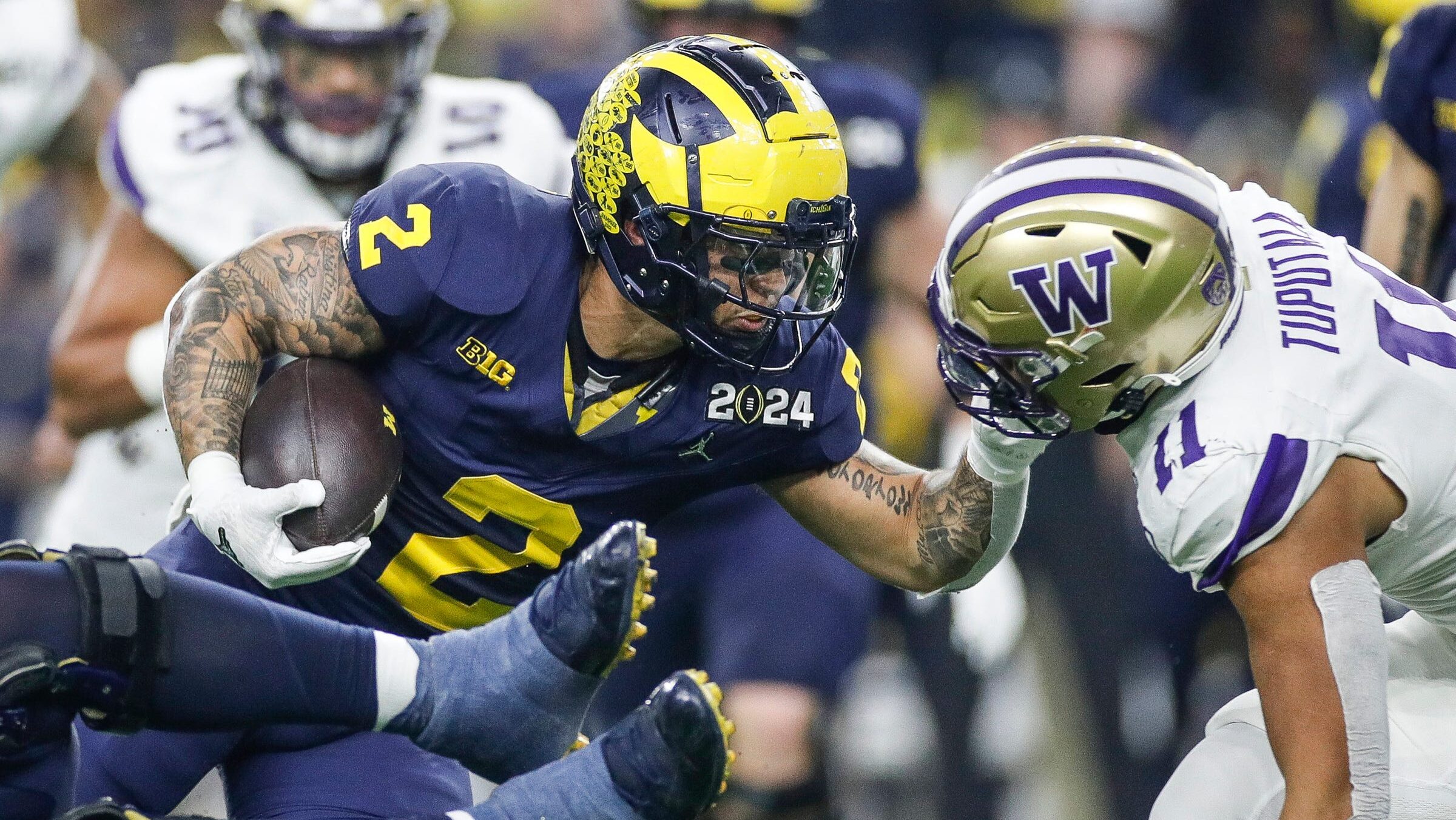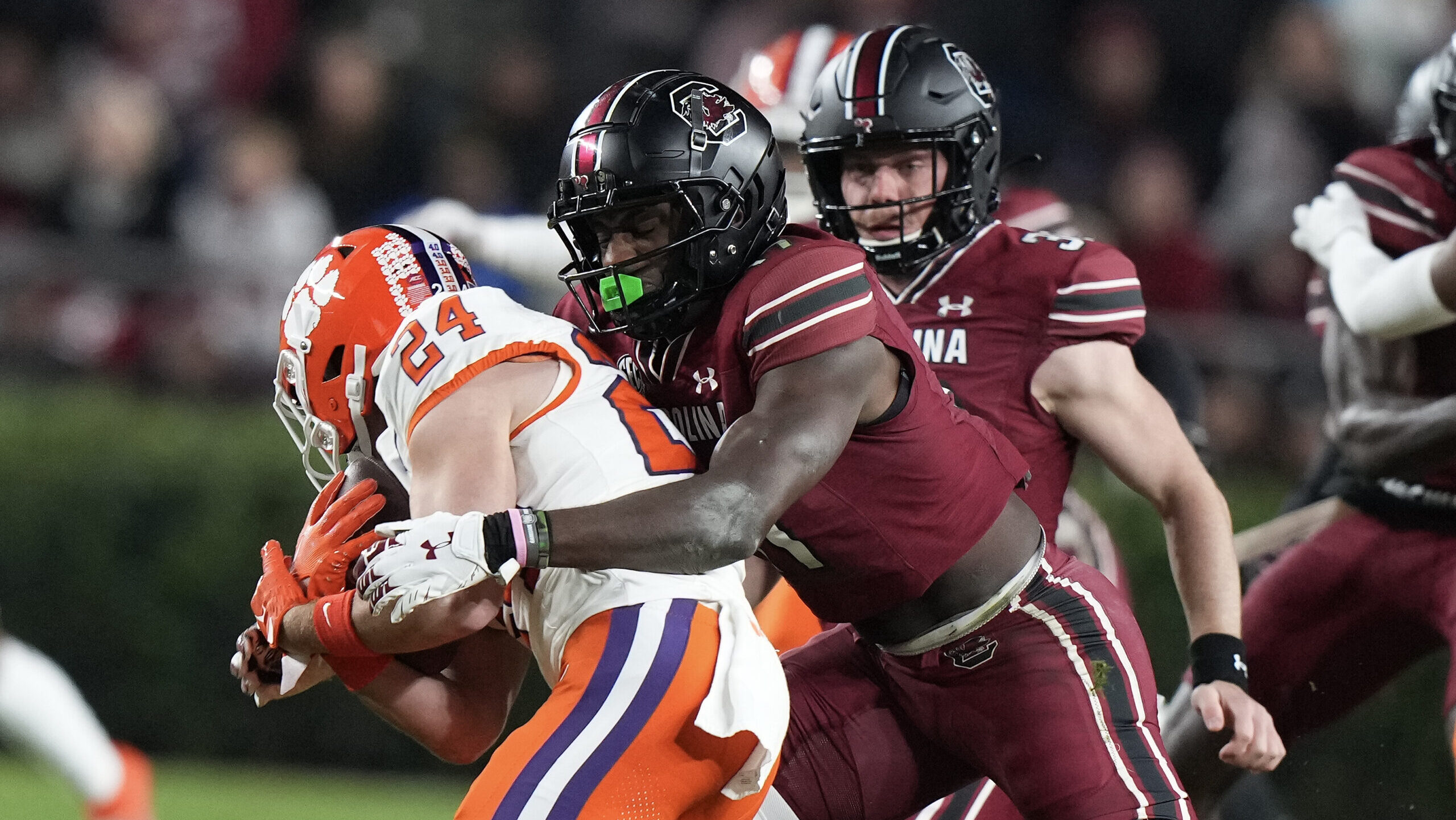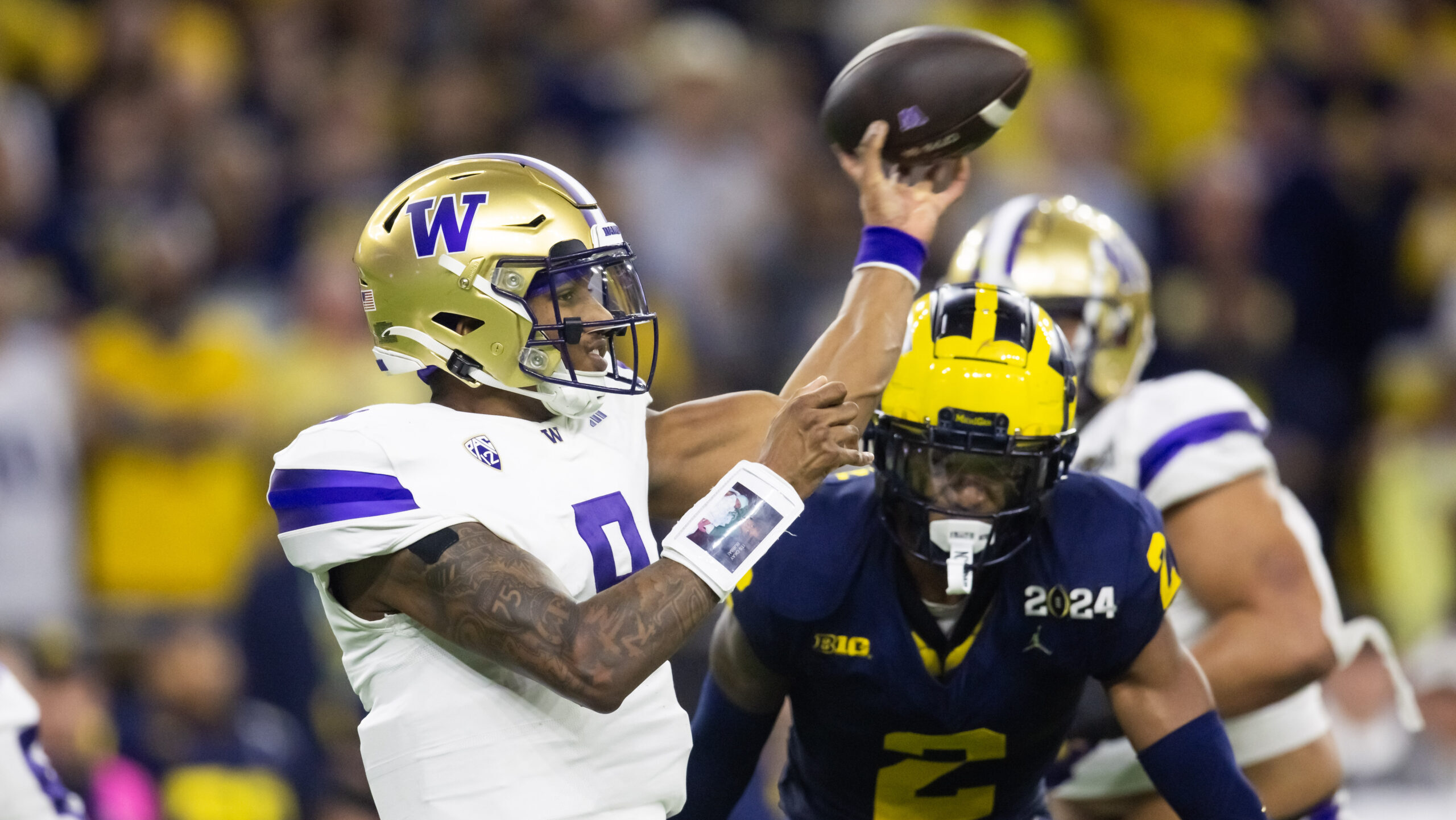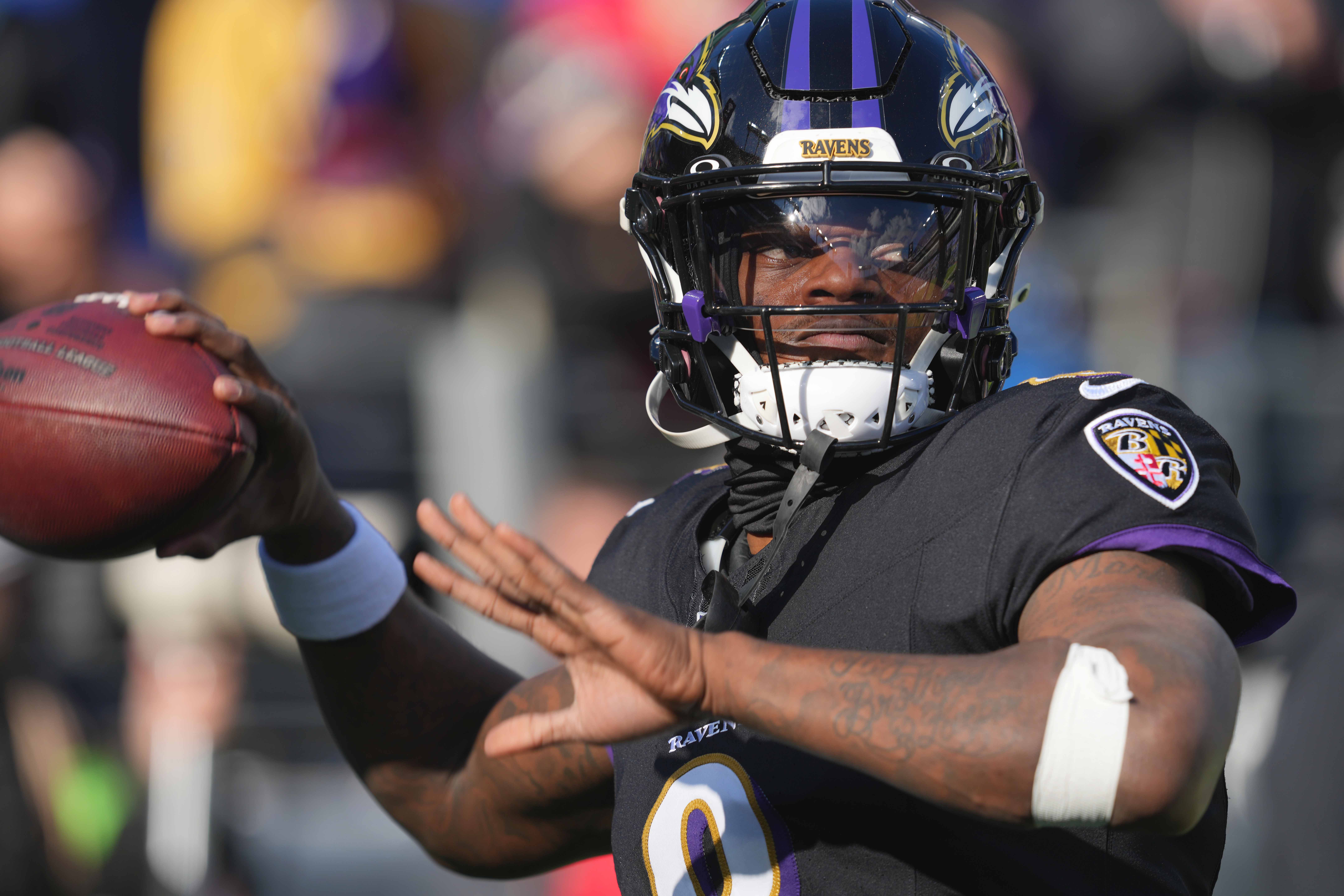Fantasy
9/22/22
10 min read
Rookies to Watch For NFL Fantasy Week 3
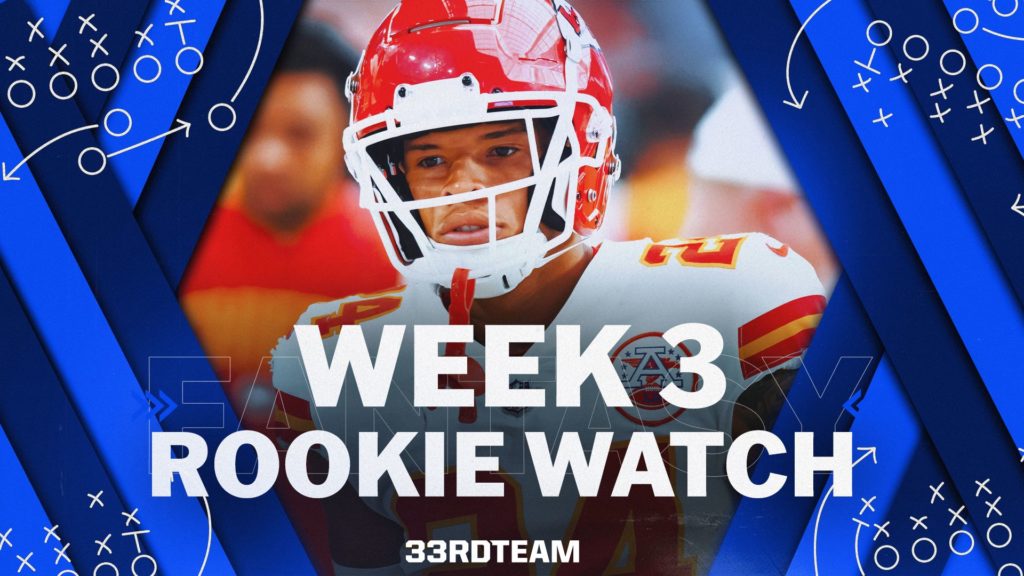
Rookies are intrinsically some of the most volatile assets we can leave fantasy drafts with since we’ve never seen them operate at the NFL level.
Projecting how their talent translates to the field is an infamously difficult process. From the fantasy perspective, the uncertainty in a rookie's range of outcomes is often what we desire when we’re trying to win our league. A player like Ja’Marr Chase, who fantasy owners drafted in the middle rounds, swayed leagues. When paired with a competent roster, a steal like that breaks fantasy leagues. On the flip side, too much hype can propel rookies to ridiculous ADPs.
At the behest of my boss Josh Larky, I’ve drafted Skyy Moore a LOT. After Moore put up a 4% snap share in Week 2, I’ve been sending Larky a lot of angry Slack messages. I’m here to provide context on the key fantasy football rookies on your roster and help you make decisions on how to operate with these highly uncertain assets we have very little data about.
Strategic and Statistical Context
Rookies are often drafted higher in more competitive, higher-stakes leagues than in your standard home league. High-stakes drafters tend to study the NFL draft and the incoming class of rookies to identify which players could impact their rosters. In a standard home league, though, not many managers will have heard of Jahan Dotson entering their draft. Understanding what type of league you’re in is essential to understanding how to value rookies.
Drafting a player like Jameson Williams or Treylon Burks at the ADP you see advertised by professional fantasy drafters is likely at a cost markup compared to where you can get these players in your home league. Although we’re past draft season, early in the season is a useful time to reflect on your rookie draft picks and understand if you were caught up in a rookie hype wave that wasn’t reflective of where your own league valued them.
It's important NOT to overreact to rookie bad performances early in the season. Rookie scoring profiles tend to be geared towards the later parts of the season. Players like D’Andre Swift, Amon-Ra St. Brown and even studs like Chase and Jonathan Taylor exemplify this trend. Rookies need to earn coaches’ trust, outcompete veterans, learn and acclimate to the NFL before receiving the snap shares, targets and carries to score bunches of fantasy points.
I looked at the top-scoring fantasy running backs and wide receivers from 2016 to 2022, who put up at least 130 PPR fantasy points during their rookie season. This isolates players who were realistic starts in fantasy during their rookie years through data from Sports Info Solutions. Importantly, this metric of total fantasy points instead of the more traditional PPG allowed me to capture players who generally played close to full seasons.
I had 32 qualified running backs, including players like J.K Dobbins in 2020 and Elijah Mitchell in 2021 (both these players had much better second-half splits than first-half splits). Of this group’s total fantasy production, only 40% of their fantasy points scored came during the first half of the season. A staggering 60% of their total fantasy production came in the final eight weeks of the season. On average, a running back in this cohort scored the same amount of points in the first nine weeks of the season as they did in the last seven.
The wide receiver results are nearly identical. With a group of 30 qualified wide receivers during the last five years, including players like Tyreek Hill in 2016 and DeVonta Smith last year, they generally scored the same amount of points from Week 10 onwards as the previous nine weeks combined. It’s Week 2 right now, so these rookies have scored an astronomically small percentage of what we’d expect them to score during the season.
The splits are less defined for the players at the very top of the scoring pyramid, especially for running backs. The true stud RBs - players like James Robinson, Najee Harris and Saquon Barkley - are RB1s and RB2s in their rookie season. They tend to put up a much more equitable distribution of points during the season. They start on their teams from the very beginning, and they score close to 46% of their points in that first half of the season.
In other words, it’s the mid-tier rookie backs like Mitchell who skew the distribution towards the second half of the season. On the WR side, however, the split is still at about 42-58% for the truly elite WRs of the last six years. Wide receivers, almost regardless of talent or situation, rarely dominate in terms of fantasy usage from the very start of their careers.
Rookies and Their Key Stats
Travis Etienne, RB, Jacksonville Jaguars
Etienne isn't a rookie, but since he didn't play last year, we're going to include him in this analysis. Etienne was one of the most expensive rookies in this class, and a lot of that cost was built on the expectation that James Robinson would regress coming off of an Achilles injury.
Here’s the thing: he might be better. Etienne is receiving targets and looks in the red zone, which are targets we covet in fantasy football. However, it looks like fully taking over the backfield is no longer in Etienne’s range of outcomes, barring another Robinson injury. I would advise putting Etienne on the block and taking advantage of one of the savvier managers in your league who knows that rookies tend to dominate towards the end of the season and understands Etienne’s elite blend of athleticism and skill.
Etienne could put together a D’Andre Swift-like end-of-season run on the back of targets and negative game scripts. Regardless, since draft day, Etienne’s range of outcomes has to be considered shifted down.
Verdict: Try and sell, but not at a discount from draft day
Breece Hall, RB, New York Jets
Unlike Etienne, Breece Hall is a true rookie. However, like Etienne, he is playing alongside a lower-profiled teammate in terms of draft value who has performed like a stud on the field: Michael Carter. The difference between Hall and Etienne comes in the counting stats; Hall has put together a 60% snap share during the opening two weeks, alongside a boatload of targets, which bodes well for deeper in the season, and in the short-term.
I don’t think Hall is a bad start in 10-team leagues entering Week 3 in a negative game script against Cincinnati. It’s likely Hall's role in the offense continues to increase thanks to his ridiculous explosiveness.
Verdict: Consider starting and pursue in trades
Drake London, WR, Atlanta Falcons
I wrote an article earlier in the offseason about the Bully-TE strategy in fantasy football using Kyle Pitts as an example of how tight ends receive a cost markup because of their positional designation. It’s interesting to think about in the context of Pitts vs. Drake London. If Both Pitts and London were WRs, who went early in consecutive drafts to the Falcons, what would the ADP difference between the two look like?
The ADP difference between Pitts and London before the season was somewhat rational. Pitts had put together one of the best rookie TE seasons in NFL history (a pretty low bar to be honest), and Atlanta hadn't added a ton of talent. At least we knew Pitts could do it. London has dazzled so far in Atlanta and has out-targeted and outperformed Pitts so far.
Atlanta is more competent than what many projected for them, and there seems to be enough offensive production in Atlanta to support London. London has a 33% target share this season. which would rank as the highest target share during the first half of the season in the sample I’ve analyzed for any rookie WR.
As good as London has been, it’s important to recognize his ceiling outcome is likely not close to Chase's last year. He’s competing with an ultra-talented pass catcher in a non-prolific offense. I’m buying the player hype, but don’t be surprised if London puts up some duds in the next few weeks.
Verdict: Hold, but don’t victory lap quite yet
Garrett Wilson, WR, New York Jets
The consensus WR1 in this year’s draft before his injury, Garrett Wilson absolutely dominated this past Sunday against the Browns and looks definitively better than Elijah Moore. Fourteen targets and 2 touchdowns are reminiscent of Justin Jefferson’s Week 3 against Tennessee back in 2020. The Jets still aren't great, but their offense has an abundance of young talented playmakers capable of making a prolific offense in the next few years.
Get on the hype early and make Wilson your top waiver priority this week. He’s available in 61% of Sleeper leagues, and he has legitimate league-winning upside as the dominant target hog in New York, who runs a 4.38 40-yard dash. Start Wilson confidently while Joe Flacco starts for New York and hope his talent is transcendent enough to propel him through the Zach Wilson weeks.
Verdict: 80 FAAB Garrett Wilson
Skyy Moore, WR, Kansas City Chiefs
Skyy Moore hasn't lived up to his ADP expectations and seems to be behind JuJu Smith-Schuster, Marquez Valdes-Scantling and even Mecole Hardman in the pecking order. This doesn’t mean Moore is a bust for the season. The entire thesis when drafting rookies is based on the idea of them turning into assets in the back half of the season, especially for the non-round-one rookies.
It's not the back half of the season yet, but I would not advise letting Moore clog your bench for the next three to four weeks while players like Wilson are available on waivers. A player like Moore is a case study in an alternate way to approach rookies. In home leagues, be the guy who trades for rookies and acquires them right before they fire, not the guy playing down a roster spot for the first few weeks of the season.
Verdict: Drop, but monitor
Treylon Burks, WR, Tennessee Titans
Burks is a screaming buy. The Titans look like one of the worst teams in football despite Ryan Tannehill being a competent passer. What does that mean? Good game scripts, and a QB that can take advantage of garbage time. Derrick Henry is not a threat in the passing game, and Burks’ route participation and snap share increased against the Bills after an unremarkable Week 1. His targets per route run is at an astounding 37% through two games, per TruMedia Sports. That type of efficiency marks him as an elite target earner when on the field.
Burks is the type of rookie to target. Less-savvy managers might be thinking about dropping Burks after he has been sitting on their bench the last two weeks. However, Burks is the ideal prototype for the second-half breakout, rookie wide receiver. His ridiculous athleticism and size place him right in the A.J. Brown role in Tennessee, and I think an Amon-Ra St. Brown-type second half is within his range of outcomes.
Verdict: Go out and buy aggressively


